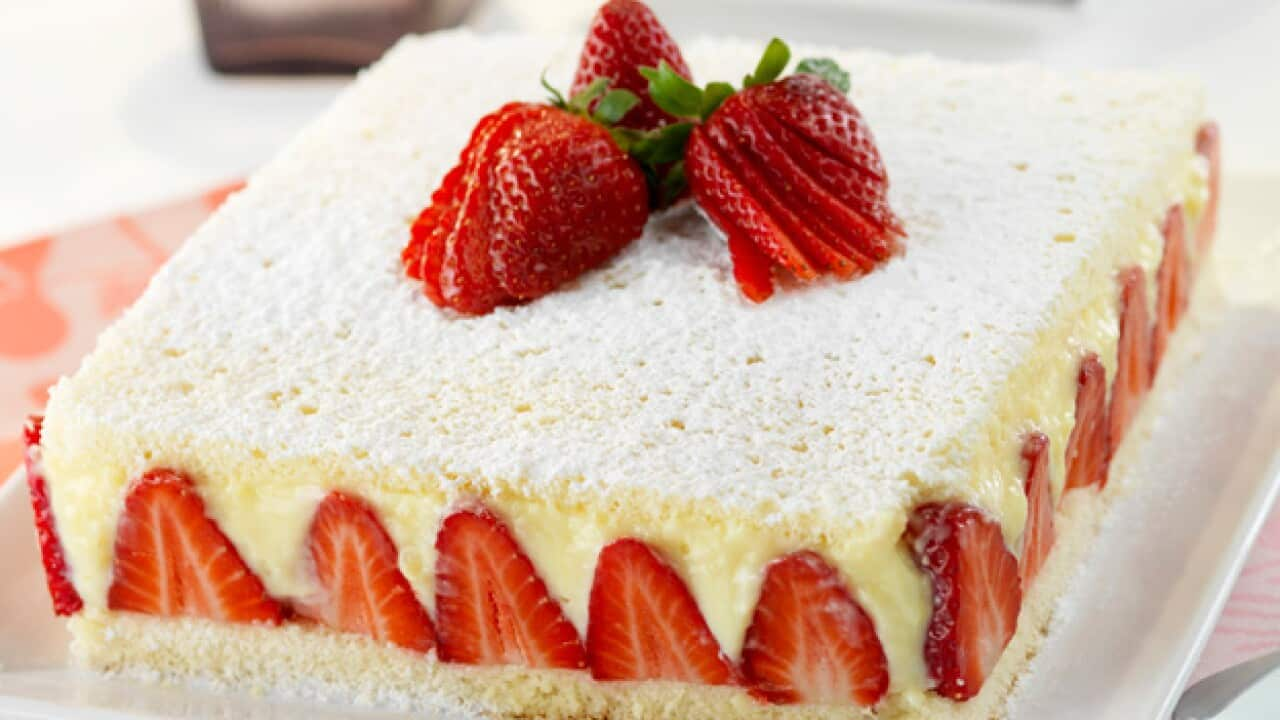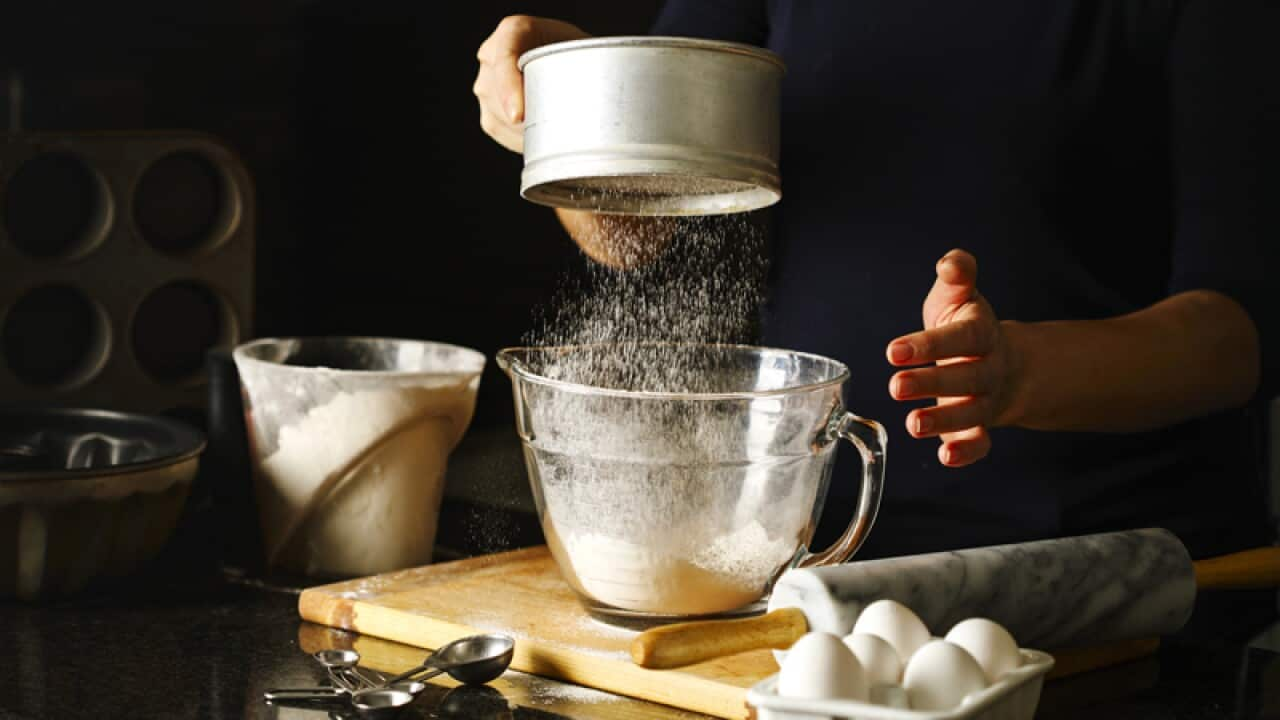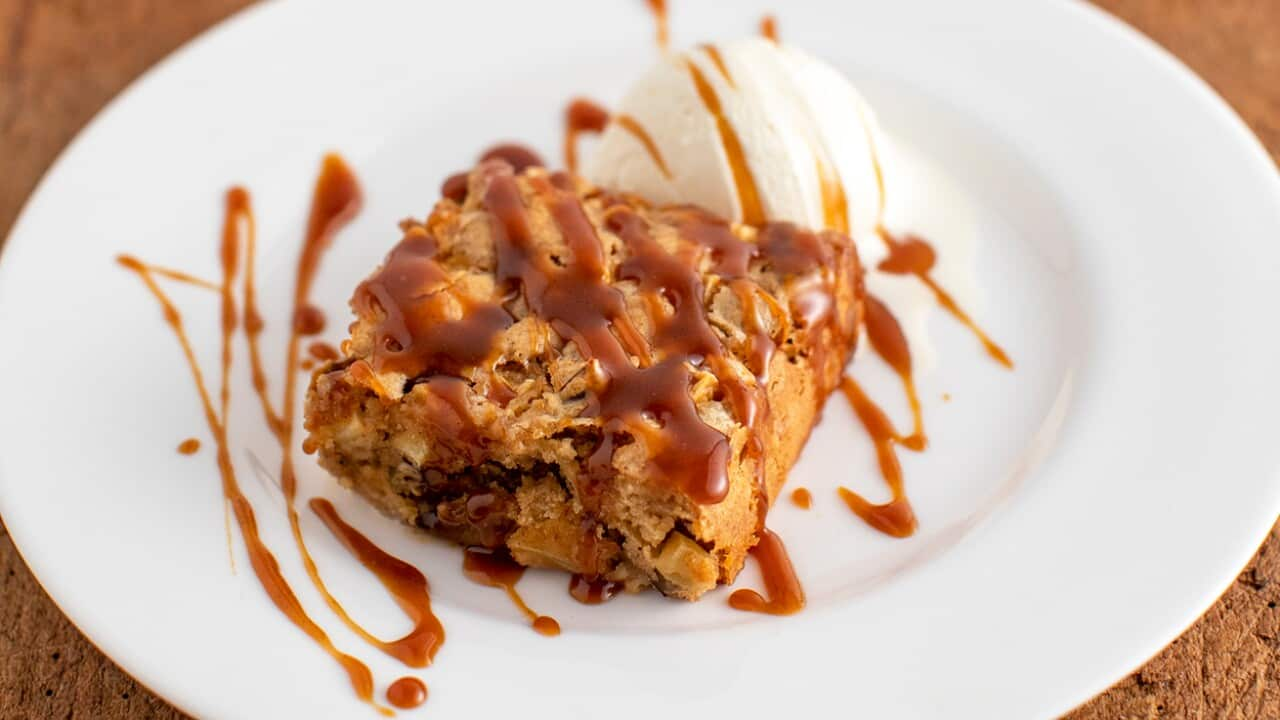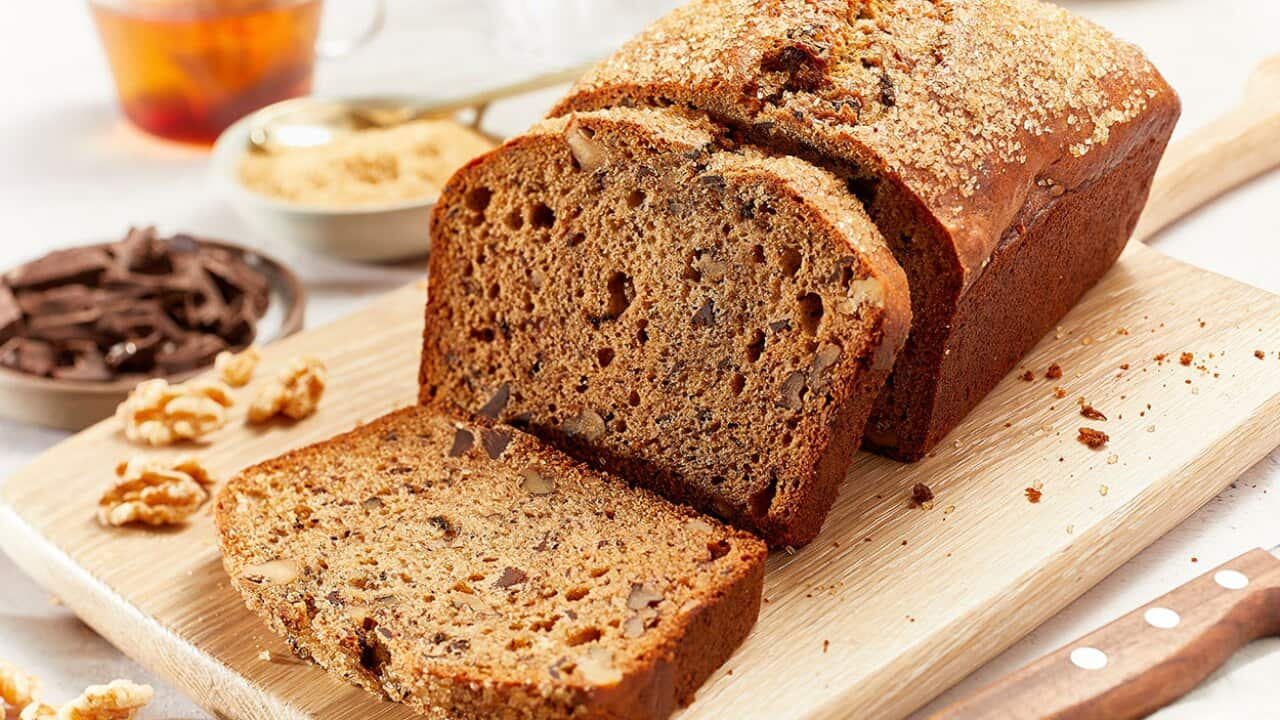If you have a tendency to wing a baking recipe then bemoan your uneven cakes and holey bread, listen up. You're probably mixing your wet and dry ingredients incorrectly. Yes, it matters a good deal more than you thought.
"The main reason is that as soon as the wet ingredients meet the dry ingredients, there's a chemical reaction," says Dr Michael Depalo, who has a PhD in biotechnology and is the founder and CEO of the ANZ Food Innovation and Compliance Network. "As soon as they get wet, they start to react."
Fortunately, you don't need a biotechnology doctorate to bake a decent cake, just a basic understanding of how to treat your wet and dry ingredients so you can optimise both.
Speed it up
First up, it's important to keep your wet quite separate from your dry until you're ready to put your dish into the oven. That's because many dry ingredients start reacting as soon as they hit liquid.
"If you aren't ready for that, then what you find is that it all bubbles up in the mixing bowl and then there is nothing left to bubble up once it's in the oven," explains Michael. "So you don't get the light, fluffy texture that you would normally expect from a cake or a scone or a muffin."
Dense, sinking cakes and breads are the result of all of the aeration in your mix being consumed before your bake even hits the oven.
So dense, sinking cakes and breads are due to all of the aeration in your mix being consumed before your bake even hits the oven. Michael's advice is to remember that speed is of the essence. Keep your wet and dry ingredients separate for as long as possible, then combine them at the last possible minute before placing them straight into a preheated oven.
This is especially important for baking powder, which shouldn't get wet until the very last minute. That's because it contains both an acid and a base and water will cause them to instantly bubble. Find this raspberry-loaded muffin recipe .
Find this raspberry-loaded muffin recipe .

Recipes that use self-raising flour already have the baking soda dispersed through the flour. Just remember: don't get the flour wet until you're ready to put your dish into the preheated oven. Source: Byron Keane
"You'll see this [at work] if you leave a muffin dough sitting there on the countertop," says Michael. "It will slowly start to rise and you'll see it start to happen. That's just the aeration, with the air bubbles forming, but unfortunately, they don't stay there once you put it in the oven, so you end up with a flat muffin or cake."
Hence the golden rule for muffins: don't over-mix your batter. You want to get it combined and into the oven at lightning speed.
Well dispersed
The other reason to keep wet and dry ingredients separate is to ensure your aeration agents are well dispersed into your flour. Otherwise, you end up with pockets of flour that have more aeration agents than the rest of the mix. The result is an uneven rise with possible cracking, or even lumpy or granulated bits clumping throughout your cake.
Hence the golden rule for muffins: don't over mix your batter.
For this reason, it's always advisable to sift dry ingredients together before adding them to your wet mix. Michael advises sifting at least twice, even three times if you're making a particularly delicate bake. Stir through more granular ingredients like sugar after you've sifted the rest.
Wet into dry
Another thing to keep in mind is that it's preferable to mix your wet ingredients into your dry ingredients. There are a few reasons for this, the first being that it's a lot easier to add extra liquid to get the correct consistency of a batter than it is to add extra dry.
"If you go the other way, you can easily overshoot and have a dough or batter that is either too wet or too dry," says Michael. "Flour changes throughout the year - as the flour in your pantry gets older and older, the flour will need more water as it ages."
As a result of the changing composition of one of baking's key ingredients, Michael suggests being very controlled as you mix the wet into the dry.
When flour ages it slowly dries out as the gluten it contains oxidises. With the harvest season in Australia running from about November to February, the freshest flour is available in February or March. Even though flour is freshly milled all year, by the time October rolls around the wheat itself has been stored for months and the flour will be older and drier. Find this sourdough bread recipe .
Find this sourdough bread recipe .

How old is your flour? Your sourdough needs to know. Source: Alan Benson
As a result of the changing composition of one of baking's key ingredients, Michael suggests being very controlled as you mix the wet into the dry. The need for speed should stay top of mind, but by being careful you can monitor the texture of your dough as you go. Add most of your dry ingredients into your liquid, mix together then determine whether you need to add the rest of your dry.
Plan ahead
Another tip from Michael is to always ensure your wet ingredients are brought to room temperature before you start baking.
"If you're about to put something into the oven and then you've got stone-cold eggs or milk straight out of the fridge, it's going to bring your dough temperature down... so then the oven needs to do extra work to get the dough or batter to come up in temperature enough to cause the reaction you want."
READ MORE

Vanilla cake
This is often what happens when a cake is over-browned on the outside, but still not cooked through at the centre. The batter was too cold for the cake to cook evenly at the temperature of the oven. Even if the batter does cook through, you often end up with lots of cracking on your cake or a dome top as the inside cooks at a slower rate to the outside of your dish and pushes up.
One more thing to note is that butter should be treated as a wet ingredient when melted, but a dry ingredient at all other times, even when softened. This is why you rub cold, cubed butter into the flour when making scones - you're evenly dispersing the butter into the flour before adding your wet ingredients.
One final piece of advice from Michael is that when making bread, you should treat yeast as a wet ingredient and salt as a dry. "If you put the salt with the yeast, the yeast will get knocked about quite severely and you won't get it rising properly."













